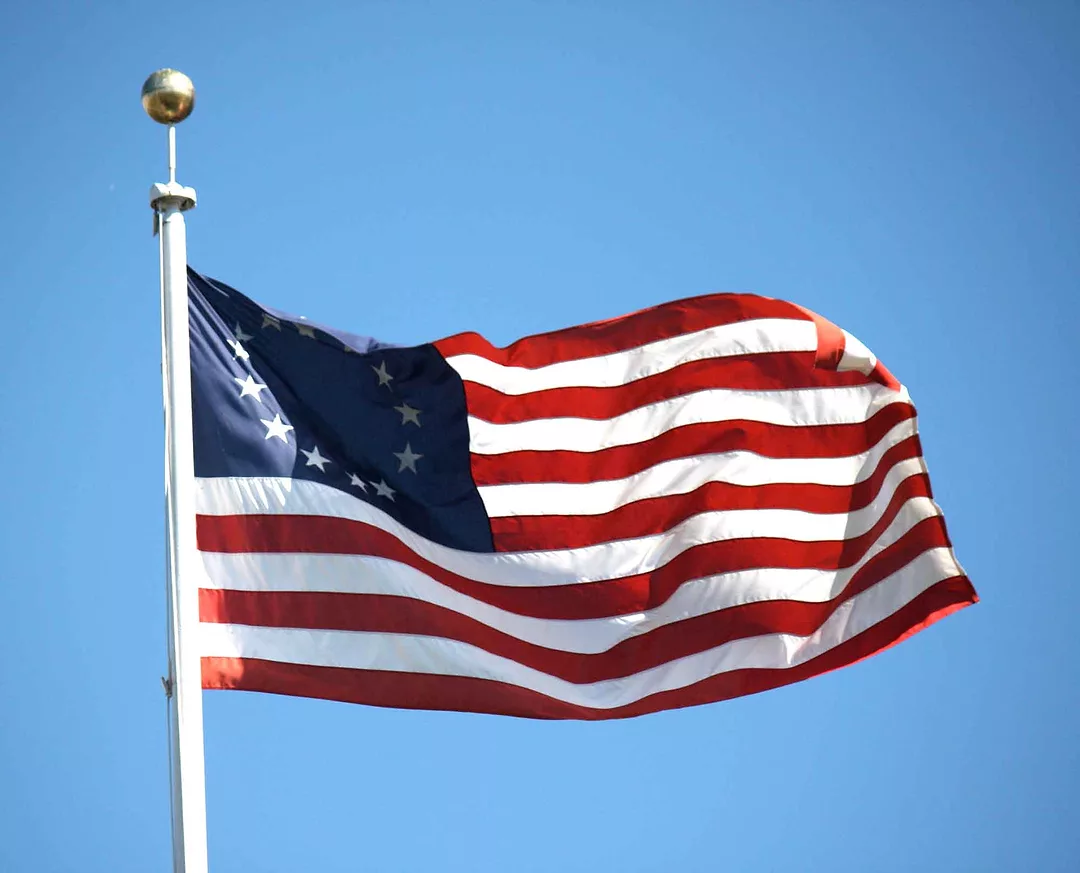Early American history is rich with stories that have become legendary. However, a closer look at some beloved beliefs reveals a slightly different tale. Let’s dive into the myths surrounding Benjamin Franklin’s turkey, Betsy Ross, Paul Revere, and the true date of Independence Day.
Myth: Benjamin Franklin wanted the turkey to be part of the national emblem. Writing to his daughter, Franklin said, “The Bald Eagle… is a bird of bad moral character. He does not get his living honestly… He is too lazy to fish for himself.” The Franklin Institute refers to this quotation as well as commentary in a letter written to Franklin’s daughter, where he jests that the species simply swoops in and takes the feasts of other lesser birds instead of hunting for prey on its own. This leads Franklin to question if the bald eagle is truly the best choice to symbolically represent the country.
Three successive committees toiled over how best to represent this new nation symbolically. Understandably, it was a monumental task to establish these symbols depicting core characteristics of the new country, as they would be embossed on every piece of U.S. currency, the seal of presidential correspondence, and used throughout the military insignias. When the early renditions of the seal were reviewed by Franklin, he joked that the artistry of the bird resembled a turkey rather than an eagle. Perpetuating this myth, in 1962, the cover of the New Yorker illustrated the point with the subtitle, ‘What the great seal of the United States might look like if the turkey was our national emblem.’ However, in the end Franklin did not rebuke the final version of the national seal which featured the bald eagle prominently. His humor may have helped perpetuate the turkey myth.
 Public domain. Wikimedia.com
Public domain. Wikimedia.comMyth: Betsy Ross sewed the first American Flag. As noted in the Colonial Williamsburg journal, this tale was told by her grandson William Canby. In 1870, he publically shared the story about how Ross was pivotal in designing and sewing the nation’s flag after some delegates from Congress came into her Philadelphia shop. George Washington, a family friend and frequenter of her shop, was among the delegates. He introduced Ross to a draft as to what the flag could resemble. As a practiced seamstress Ross was quick to note that a five-pointed star would be more agreeable than a six-pointed star, simply because of a sewing technique. As the story continues, Washington revised the drawing on the spot and then commissioned Ross to prepare the flag. She began the work in 1776, a year before Congress passed the flag resolution on July 14, 1777.
However, prior to Ross’ involvement and commission, other flags flew as the inaugural American flag, including on the battlefield. The earliest flag was designed by the Sons of Liberty who made a simple flag of alternating red and white stripes, varying in size, to symbolize colonial unity. It was unique in design as it could have been displayed horizontally or vertically. This may have been one reason why we have red and white stripes as a core part of the flag design today. A second flag under which soldiers fought, according to Drexel University, was similar to the Sons of Liberty flag with smaller red and white stripes, but it had the British union jack in the upper left corner. These two specific flag designs and colors may have had an impact on our final stars and stripes.
Myth: Paul Revere warned Concord that the British were coming.
We all know Paul Revere’s famous ride, but did he alone warn that the British were coming? Not quite. On April 18, 1775, Revere rode from Boston to Lexington to alert Samuel Adams and John Hancock that British Regulars were heading to Concord to seize or destroy military stockpiles. Along the way, he warned residents from Medford to Lexington. He later joined forces with William Dawes and Samuel Prescott. While Revere was captured on the outskirts of Concord, Prescott managed to reach Concord and deliver the crucial warning. So, while Revere played a key role, he wasn’t the lone hero of that night.
Myth: The Declaration of Independence Was Signed on July 4.
In this case, the devil is in the details. The Fourth of July marks America’s independence, but the Declaration wasn’t signed on that day. The Congress received a draft statement of independence for the colonies on July 3rd. The discussion took two days and on the afternoon of July 4th, after some revisions, the final text of the Declaration was adopted but not signed by Congress, therefore not yet official. According to the National archives, Timothy Matlack, a clerk in the Pennsylvania State House was the scribe charged with the task of taking quill to parchment. It took 28 days for Matlack to properly prepare the document. On August 2, 1776, Congressional delegates signed the document. Interestingly they signed following the custom that signatures were listed in order of state by location, beginning with the northernmost New Hampshire to the southernmost Georgia. Therefore, it was not until August 2nd that the Declaration of Independence became official.
These myths offer a glimpse into the complexities and nuances of early American history. By unraveling these fables, we gain a deeper appreciation for the true stories that shaped the nation.


